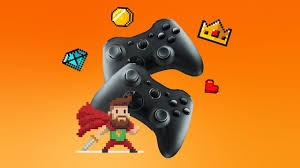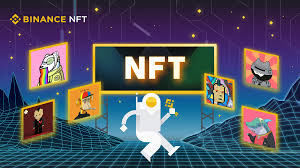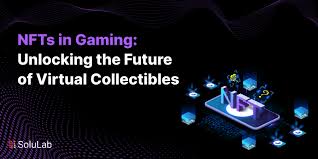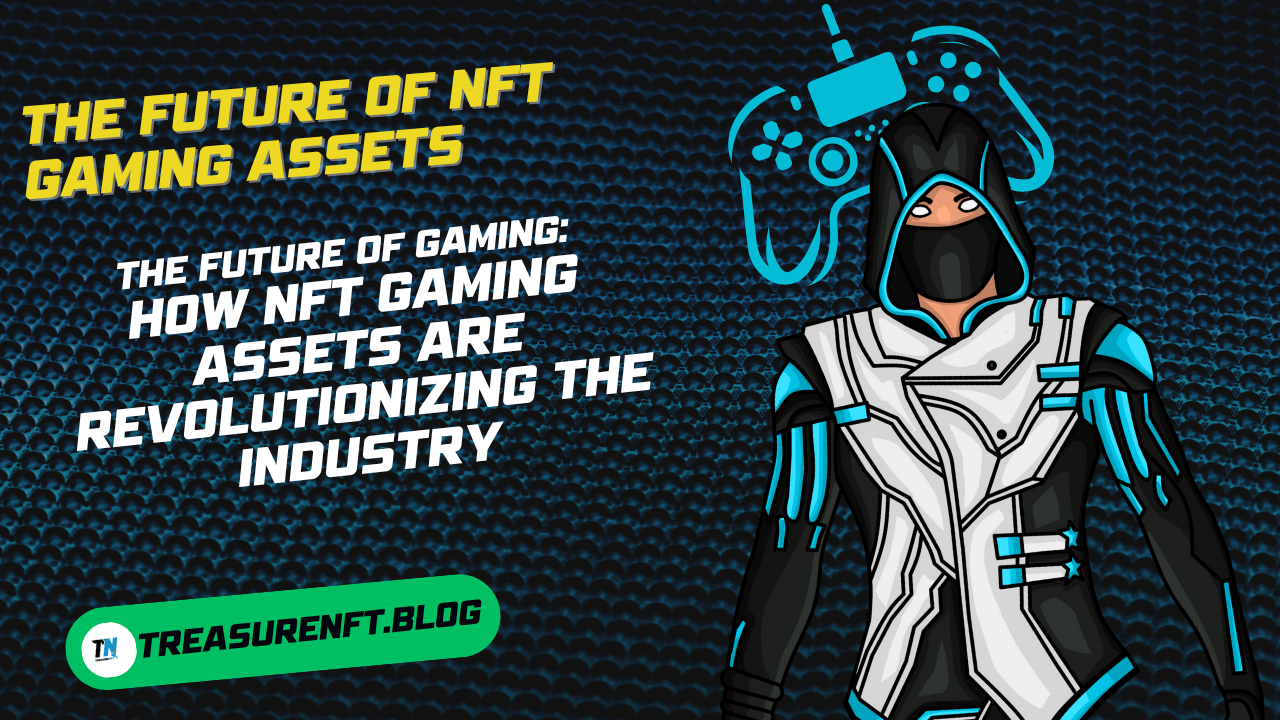The Future of Gaming: How NFT Gaming Assets Are Revolutionizing the Industry

- The gaming industry has always been at the forefront of technological innovation, from the rise of 3D graphics to the advent of virtual reality. Now, a new wave of innovation is taking center stage: NFT gaming assets. Non-fungible tokens (NFTs) are transforming the way players interact with games, own in-game items, and even earn real-world value from their gaming experiences. In this blog, we’ll explore how NFT gaming assets are reshaping the gaming landscape and why they matter to players, developers, and investors alike.
What Are NFT Gaming Assets?
- NFT gaming assets are unique digital items that exist on a blockchain, making them verifiably scarce and owned by the player. These assets can include anything from in-game characters, skins, weapons, and vehicles to virtual land, collectibles, and even entire game worlds. Unlike traditional in-game items, which are typically owned and controlled by the game developer, NFT gaming assets are truly owned by the player. This means they can be bought, sold, traded, or even used across multiple games and platforms.
Why Are NFT Gaming Assets a Game-Changer?

1. True Ownership for Players
For decades, gamers have spent countless hours and dollars acquiring in-game items, only to have them locked within a single game or platform. NFT gaming assets change this dynamic by giving players true ownership of their digital items. If you own a rare sword or a unique character skin as an NFT, it’s yours to keep, sell, or trade—even if the game shuts down or you stop playing.
2. Play-to-Earn (P2E) Models
NFTs have paved the way for play-to-earn gaming models, where players can earn real-world value by playing games. For example, in games like Axie Infinity or The Sandbox, players can earn NFTs or cryptocurrency by completing quests, battling opponents, or trading assets. This has opened up new opportunities for gamers to monetize their skills and time, especially in regions where traditional income opportunities are limited.
3. Interoperability Across Games
Imagine using the same character or weapon across multiple games. With NFT gaming assets, this is becoming a reality. Developers are beginning to create ecosystems where NFTs can be used in different games, giving players more flexibility and value for their investments. This interoperability could lead to a new era of cross-game collaboration and innovation.
4. Scarcity and Value
NFTs are inherently scarce, which means rare items can hold significant value. For example, a limited-edition skin or a one-of-a-kind virtual land parcel can become highly sought after, driving up its price in the marketplace. This creates a new layer of excitement and investment potential for gamers and collectors.
Examples of NFT Gaming Assets in Action

- Axie Infinity: This blockchain-based game allows players to collect, breed, and battle fantasy creatures called Axies, which are NFTs. Players can earn cryptocurrency by winning battles or selling their Axies on the marketplace.
- The Sandbox: A virtual world where players can buy, sell, and build on virtual land parcels represented as NFTs. Users can create games and experiences and even monetize their creations.
- Decentraland: A decentralized virtual reality platform where users can purchase land, build structures, and host events—all powered by NFTs.
Challenges and Criticisms
While NFT gaming assets hold immense potential, they are not without challenges:
- Environmental Concerns: Many blockchains used for NFTs, like Ethereum, have faced criticism for their energy consumption. However, newer, more energy-efficient blockchains are emerging to address this issue.
- Accessibility: High transaction fees and the complexity of blockchain technology can be barriers to entry for some players.
- Speculation and Volatility: The NFT market can be highly speculative, with prices fluctuating dramatically. This can lead to risks for both players and investors.
The Future of NFT Gaming Assets
The integration of NFTs into gaming is still in its early stages, but the potential is enormous. As technology evolves, we can expect:
- More games are adopting NFT-based economies.
- Improved interoperability between games and platforms.
- Enhanced tools for players to create and monetize their own content.
- Greater mainstream adoption as blockchain technology becomes more user-friendly.
For gamers, NFT gaming assets represent a new way to engage with their favorite hobbies, earn income, and truly own their digital experiences. For developers, they offer a new revenue stream and a way to build deeper connections with their communities. And for investors, they represent a burgeoning market with significant growth potential.
Final Thoughts

- NFT gaming assets are more than just a trend—they’re a paradigm shift in how we think about gaming, ownership, and value in the digital world. Whether you’re a gamer, developer, or investor, now is the time to explore this exciting new frontier. The future of gaming is here, and it’s powered by NFTs.
- What are your thoughts on NFT gaming assets? Are you excited about the possibilities, or do you have concerns? Let’s discuss in the comments below!
Disclaimer: This blog is for informational purposes only and does not constitute financial or investment advice. Always do your own research before participating in NFT or blockchain-based projects.




NFTs in gaming are evolving, and their potential is exciting. However, integrating them into games comes with challenges. As technology advances, we can expect more innovative solutions. How will these developments impact the future of gaming and player ownership?